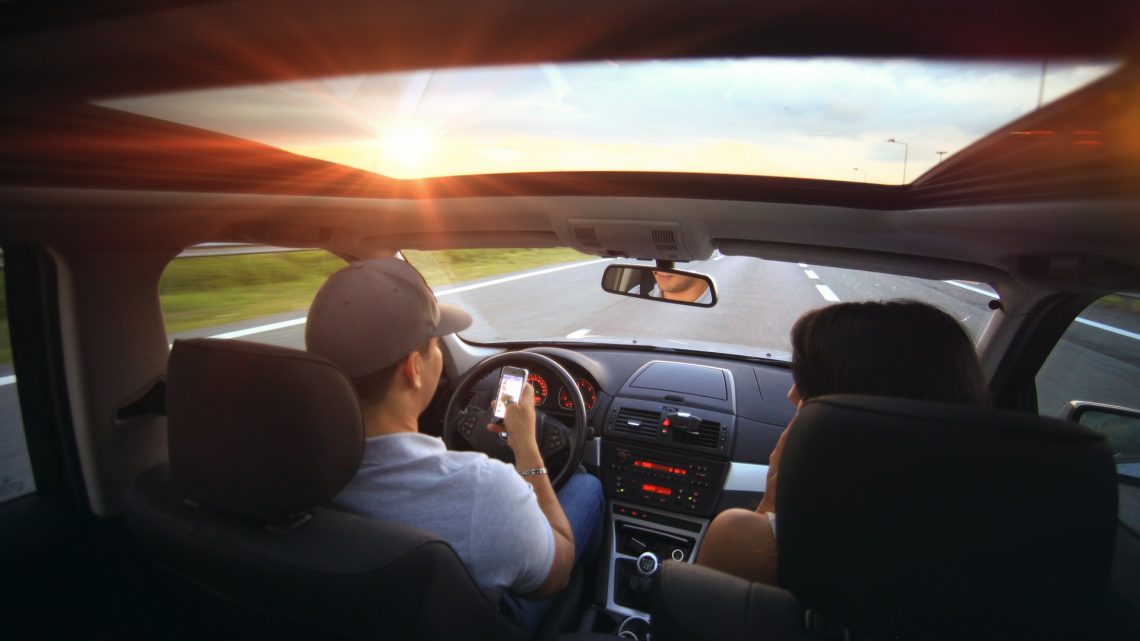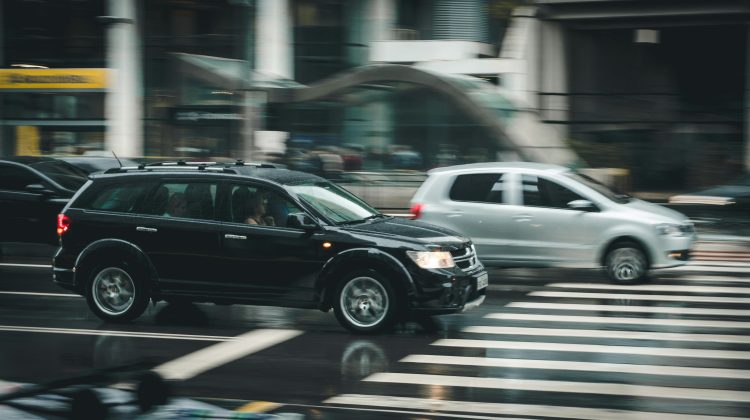Every driver is at risk of suffering a car accident, however, there is one age group that carries a significantly higher risk compared to others of being involved in an accident. Younger drivers have less driving experience and tend to make riskier movements and decisions on the road. According to teen driving car accident statistics, drivers between the ages of 16 and 20 are at a greater risk of suffering serious and fatal crashes.
State governments have created several measures to protect young drivers from an accident, one of these measures is the Graduated Driver License (GDL) system. A GDL requires teenagers to drive with adult supervision before they can obtain a regular driver’s license without any restrictions.
Elements of a Graduated Driver License System
A Graduated Driver License system restricts driving privileges for new drivers and as they become more experienced these restrictions are gradually lifted. The GDL consists of three stages:
- Learner’s permit: requires teenagers to have an adult present while driving.
- Provisional license: forbids teens from driving unaccompanied in risky situations such as nighttime or when driving with passengers.
- Full privilege license: a teen driver is issued a driver’s license and can drive without any restrictions.
Nowadays all states have at least some elements of a GDL system, such as providing teenagers with a learner’s permit before issuing a full privileged driver’s license, the license is issued once they reach a certain age and pass other requirements like a driving test. It’s a parent’s responsibility to make sure that their child respects the GDL laws in their state in order to make sure that they learn how to drive safely before they are issued a full privileged driver’s license.
What is the purpose of a GDL System?
The purpose of a GDL program is to protect teenagers and reduce crashes and fatalities by restricting young drivers to drive with an adult present and requiring them to have more practice behind the wheel before they earn a driver’s license without any restrictions.
Studies have shown that teen drivers are more likely to be involved in a car accident, compared to older drivers. One of the main reasons why they have a higher risk of an accident is their lack of experience and their overconfidence in their driving abilities. Other causes of teen driving accidents include drinking and driving and driving distracted. Enforcing a GDL program ensures that teenagers get enough driving experience with an adult in the car with them who can point out their mistakes and guide them on how to drive safely in different scenarios, such as high traffic or during dangerous weather conditions.
Common Causes of Teen Car Accidents
Driver inexperience plays an important role in most car accidents involving teenagers, there are other risk factors that could also cause an accident.
- Drinking and driving
- Distractions while driving, such as texting, talking on the phone, other passengers, eating, and adjusting the music.
- Driving at night and during dangerous weather.
- Reckless driving and speeding
Prevent an accident by making sure a teenager has enough practice driving in different scenarios and they understand road rules and how to drive safely. Set a good example by also driving safely, especially when they are in the car with you. Teaching a young driver how to drive will not only protect them but other drivers on the road as well. It’s everyone’s responsibility to make sure that a new driver has enough experience and knowledge to make the right decisions and not endanger others.




No Comment